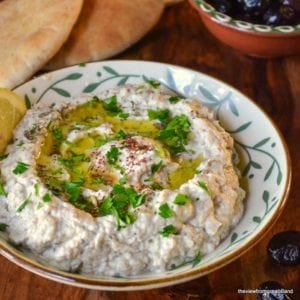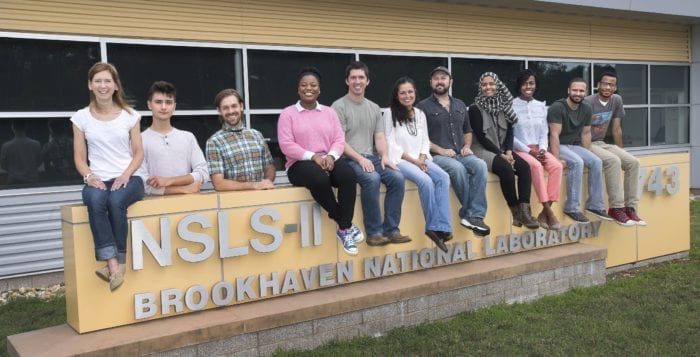By Daniel Dunaief
Someone is hungry and is walking through a familiar town. She smells pizza coming from the hot brick oven on her left, she watches someone leaving her favorite Chinese restaurant with the familiar takeout boxes, and she thinks about the fish restaurant with special catches of the day that she usually enjoys around this time of year. How does she make her decision?
While this scenario is a simplified one, it’s a window into the decision-making process people go through when their neurons work together. A team of 21 neuroscientists in Europe and the United States recently created a new collaboration called the International Brain Laboratory to explore how networks of brain cells support learning and decision-making.
“We understand the simple motor reflex,” such as when a doctor taps a knee and a foot kicks out, said Anne Churchland, an associate professor at Cold Spring Harbor Laboratory and the American spokesperson for this new effort. Scientists, however, have only a limited understanding of the cognitive processes that weigh sensory details and a recollection of the outcomes from various courses of action that lead to decision-making, Churchland said.
Scientists likened the structure of the new multilaboratory effort to the circuitry involved in the brain itself. The brain is “massively parallel,” said Alexandre Pouget, a professor at the University of Geneva and the spokesperson for the IBL. “We know it’s working on consensus building across areas so, in that respect, the IBL is similar.”
A greater awareness of the decision-making process could provide a step into understanding the brain network problems involved in mental health disorders.
Churchland’s lab is one of three facilities that will house a new behavioral apparatus to study decision-making in mice. The other sites will be in the United Kingdom and in Portugal. Eventually, other labs will use this same technique and house the same apparatus.
An ongoing challenge in this field of research, Churchland said, is that scientists sometimes create their own models to test the neurological basis of behavior. While these approaches may work in their own labs, they have created a reproducibility problem, making it difficult for others who don’t have expertise in their methods to duplicate the results.
Creating this behavioral apparatus will help ensure that the collaborators are approaching the research with a reliable model that they can repeat, with similar results, in other facilities.
While the scientists will all be exploring the brain, they will each be responsible for studying the activity of circuits in different parts. The researchers will collect a wealth of information and will share it through a developing computer system that allows them to maneuver through the mountains of data.
To address this challenge, the IBL is creating a data architecture working group. Kenneth Harris, a professor of quantitative neuroscience at the University College London, is the chair of the effort. He is currently looking to hire additional outside staff to help develop this process.
Harris suggested that the process of sharing data in neurophysiology has been challenging because of the complex and diverse data these scientists share. “In neuroscience, we have lots of different types of measurements, made simultaneously with lots of different experimental methods, that all have to be integrated together,” he explained in an email.
The IBL collaboration will make his job slightly easier than the generic problem of neurophysiology data sharing because “all the labs will be studying how the brain solves the same decision-making task,” he continued.
Harris is looking to hire a data coordinator, a senior scientific programmer and a scientific MATLAB programmer. He has a data management system already running with his lab that he plans to extend to the IBL.
Pouget said there are two milestones built into the funding from the Wellcome Trust and the Simons Foundation for this new collaboration. After two years, the researchers have to have a data sharing platform in place, which will allow them to share data live as they collect it.
Second, they plan to develop standardized behaviors in all 11 of the experimental labs, where the behavior has to be as indistinguishable from one lab to another as possible.
In addition to the experimentalists involved in this initiative, several theoretical neurobiologists will also contribute and will be critical to unraveling the enormous amounts of data, Pouget suggested. “If you’re going to tackle really hard computational problems, you better have people trained in that area,” he said, adding that he estimates that only about 5 percent of neuroscientists are involved in the theoretical side, which is considerably lower than the percent in an area like physics.
Researchers involved in this project will have the opportunity to move from one lab to another, conducting experiments and gaining expertise and insights. The principal investigators are also in the process of hiring 21 postdoctoral students.
Churchland said each scientist will continue to conduct his or her own research while also contributing to this effort. The IBL is consuming between a quarter and a third of her time.
Pouget suggested that Churchland was “instrumental in representing the International Brain Laboratory to the Simons Foundation,” where she is the principal investigator on that grant. “Her role has been critical to the organization,” he said.
Churchland said the effort is progressing rapidly. “It’s moving way faster” than expected. “This is the right moment, with an incredible team of people, to be working together. Everyone is dedicated to the science.”
Harris indicated that he believes this effort could be transformative for the field. “Neuroscience has lagged behind many other scientific domains” in creating large-scale collaborations, he explained. “If we can show it works, we will change the entire field for good.”









 MEET OLAF! This handsome boy is Olaf, a two-year-old medium-haired orange tabby who is currently waiting for his furever home at Kent Animal Shelter. Olaf loves to snuggle and is super mushy. He comes neutered, microchipped and up to date on all his vaccines. Won’t you stop by and say hello? Kent Animal Shelter is located at 2259 River Road in Calverton. For more information on Olaf and other adoptable pets at Kent, please call 631-727-5731 or visit www.kentanimalshelter.com.
MEET OLAF! This handsome boy is Olaf, a two-year-old medium-haired orange tabby who is currently waiting for his furever home at Kent Animal Shelter. Olaf loves to snuggle and is super mushy. He comes neutered, microchipped and up to date on all his vaccines. Won’t you stop by and say hello? Kent Animal Shelter is located at 2259 River Road in Calverton. For more information on Olaf and other adoptable pets at Kent, please call 631-727-5731 or visit www.kentanimalshelter.com.












